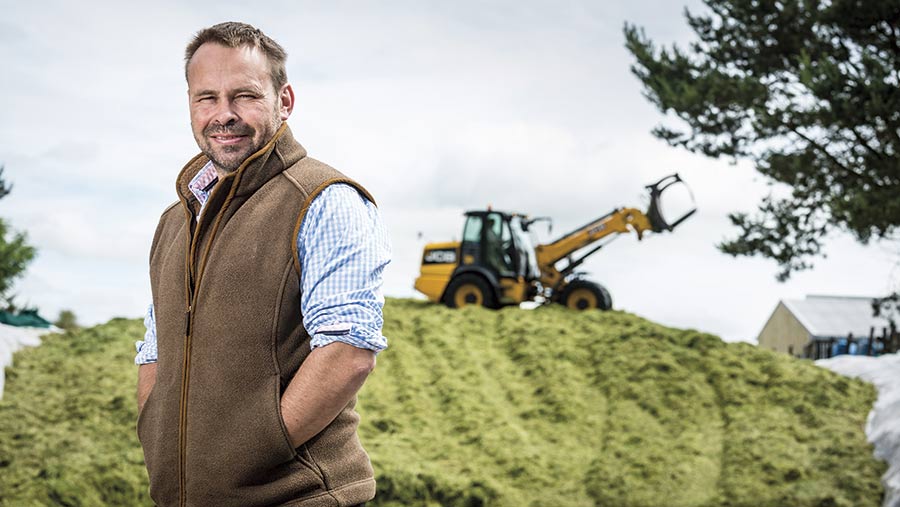Farmer Focus: Farmers can address scab but not the weather
 © Jim Varney
© Jim Varney We had another inch of rain yesterday, so at the risk of sounding like a broken record I’m afraid we need to mention the weather.
The farm is so wet, and with the cold temperatures as well, it is turning into a bleak spring.
There is no grass on fields that have now been shut up for three months to lamb on to at the end of April.
Horrific conditions
We lamb later to coincide with grass growth, but know that there are many farmers who will be finding it near impossible this spring. Last night was horrific, with snow, freezing temperatures and a wild wind that knocked out the power as well.
See also: Dartmoor farmers urged to shed light on sheep scab
Things are not looking good at present. Maybe the Agriculture and Horticulture Development Board has the answer?
Silage and straw stocks are not looking good. Traditionally, turnout is 15 May up in these hills, which we have managed to bring forward by resting fields, but all our efforts rely on the weather and this year is a worrying example.
Normally we have a little bit of silage and straw left over each year. That will not be the case this year and we will have to make a concerted effort to replenish silage stocks for the coming winter.
Vaccinations done
We have vaccinated the spring calving cows and heifers for scour, and they have also received a bolus for copper, selenium, iodine and cobalt pre-calving.
It’s a struggle to get the ewes vaccinated pre-lambing for clostridial disease, and receive their bolus for selenium, cobalt and iodine, as well as an injection against sheep scab.
Scab has been rumbling around our area for the last six to eight months and is now proving to be a real risk to us and the sheep.
Surely a national eradication scheme is required. It’s a costly disease, both financially and for sheep welfare.
We have the tools to eradicate it, why are we not doing so?
Simon Bainbridge, Northumberland, farms a 650ha upland organic farm with 160 suckler cows, 1,500 breeding ewes and 12,000 organic laying hens with his wife, Claire, and his parents. Healthy, maternal livestock and quality feed is a priority.
